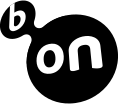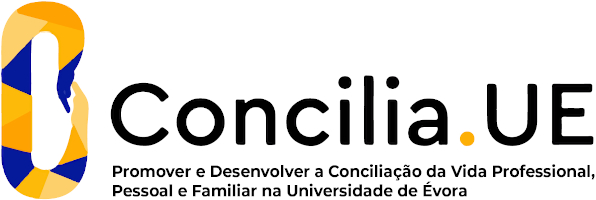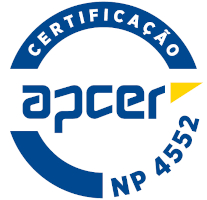2024
Introduction to Integrated Pest Management
Name: Introduction to Integrated Pest Management
Code: FIT13815L
6 ECTS
Duration: 15 weeks/156 hours
Scientific Area:
Agronomy
Teaching languages: Portuguese
Languages of tutoring support: Portuguese, English
Regime de Frequência: Presencial
Sustainable Development Goals
Learning Goals
To acquire knowledge and training to:
1. know and understand the Integrated pest management concepts (IPM ) with a particular focus on:
(i) pest risk estimating
(ii) economic threshold
(iii) available control methods for the limitation of the agricultural pest and diseases.
2. know the available methodologies on Preventive Control Measures.
3.know the available methodologies associated to Direct Control Methods, with special emphasis on biological, biotechnical and chemical control strategies.
4. know how to evaluate the risk, the use of control methods and their application period, appropriate to minimize the damage caused by the main Mediterranean agricultural pests and diseases, on IPM context.
1. know and understand the Integrated pest management concepts (IPM ) with a particular focus on:
(i) pest risk estimating
(ii) economic threshold
(iii) available control methods for the limitation of the agricultural pest and diseases.
2. know the available methodologies on Preventive Control Measures.
3.know the available methodologies associated to Direct Control Methods, with special emphasis on biological, biotechnical and chemical control strategies.
4. know how to evaluate the risk, the use of control methods and their application period, appropriate to minimize the damage caused by the main Mediterranean agricultural pests and diseases, on IPM context.
Contents
Module1.
1- The concepts on Integrated Pest Management (IPM). Methods for damage risk estimating. Quantitative and qualitative pest risk evaluation. Economic threshold
2- Preventive control Measures
3- Selection and use of Direct Control Measures
4- Biological control. Methods. Beneficial organisms against pests, diseases and weeds. Modalities of biological treatments. Notions about biopesticides, its use and application;
5- Biotechnical control. Methods.
Module 2.
1- Chemical control. The pesticides for agricultural use. Their application, and equipment. Pesticide mixtures;
2- Pesticide selection and application process. Impact on beneficial organisms.
3- Classification of pesticides by mode of action, family chemistry and aim
4- Pesticide resistance.
5- Concepts on Toxicology. Toxicological classification and Preharvest Interval
Module 3.
1- IPM application. Practical cases related to the major groups of mediterranean pests and diseases.
1- The concepts on Integrated Pest Management (IPM). Methods for damage risk estimating. Quantitative and qualitative pest risk evaluation. Economic threshold
2- Preventive control Measures
3- Selection and use of Direct Control Measures
4- Biological control. Methods. Beneficial organisms against pests, diseases and weeds. Modalities of biological treatments. Notions about biopesticides, its use and application;
5- Biotechnical control. Methods.
Module 2.
1- Chemical control. The pesticides for agricultural use. Their application, and equipment. Pesticide mixtures;
2- Pesticide selection and application process. Impact on beneficial organisms.
3- Classification of pesticides by mode of action, family chemistry and aim
4- Pesticide resistance.
5- Concepts on Toxicology. Toxicological classification and Preharvest Interval
Module 3.
1- IPM application. Practical cases related to the major groups of mediterranean pests and diseases.
Teaching Methods
The teaching methodologies understand theoric-practical classes, with intesive use of internet resources, in particular, for pesticide and biological and biotechnical products selection and use
The curricular unit evaluation is carried through two written tests (80% in the final grade) or a final exam (120 min each) and a practical exam (with 20% in the final grade) with phytosanitary problems for the selection and application of control measures
The curricular unit evaluation is carried through two written tests (80% in the final grade) or a final exam (120 min each) and a practical exam (with 20% in the final grade) with phytosanitary problems for the selection and application of control measures





















